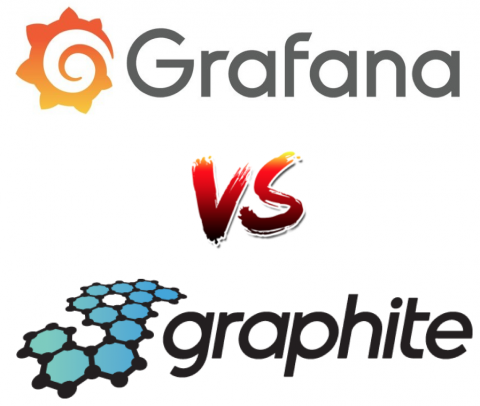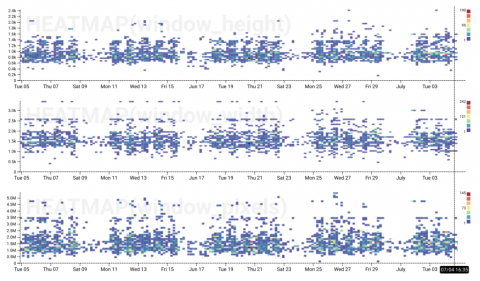Operations | Monitoring | ITSM | DevOps | Cloud
%term
Atlassian
Grafana Vs Graphite
The amount of data being generated today is unprecedented. In fact, more data has been created in the last 2 years, than in the entire history of the human race. With such volume, it’s crucial for companies to be able to harness their data in order to further their business goals. A big part of this is analyzing data and seeing trends, and this is where solutions such as Graphite and Grafana become critical.
5 Hosted Kubernetes Platforms
As an open-source system for automating deployment, scaling, and management of containerized applications, Kubernetes has grown immensely in popularity. Increasingly, we are also beginning to come across platforms offering Kubernetes as both a hosted and managed service.
Kubernetes run-time security: Automate Sysdig Falco deployment using Helm charts.
So, you want to implement run-time security in your Kubernetes cluster? If you are looking for an open-source tool, obviously Sysdig Falco is the way to go :). You can install Falco as a daemonSet, but as we wanted to make things even easier and natively integrated, we have packaged Falco as a Helm chart, the Kubernetes package manager.
Alan Presents ... Cloudsmith @ Ignite Accelerator
Wargaming chooses Mattermost for secure enterprise-wide developer collaboration
Icinga Exchange - The Journey Continues
We’ve launched a new iteration of Icinga Exchange last autumn and modernized the look and feel as well as improved the overall user experience. Since then we’ve solved a few issues and made some enhancements. Just small things to make it a little better.
Level Up With Derived Columns: Understanding Screen Size (With Basic Arithmetic)
When we released derived columns last year, we already knew they were a powerful way to manipulate and explore data in Honeycomb, but we didn’t realize just how many different ways folks could use them. We use them all the time to improve our perspective when looking at data as we use Honeycomb internally, so we decided to share. So, in this series, Honeycombers share their favorite derived column use cases and explain how to achieve them.
SolarWinds Alerts Simplified With OnPage
Managing alert noise from monitoring systems like SolarWinds can be tricky and failing to order the noise can cause: Alert fatigue, Decreased MTTR, Missed alerts.











